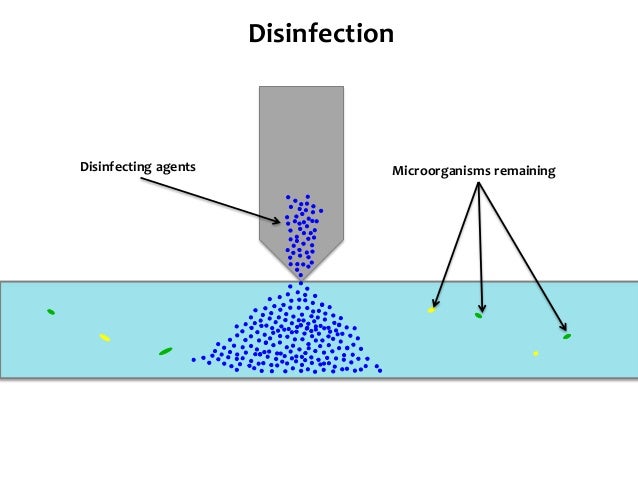Water is essential for the survival of all the living creatures on earth. The human body is made of 60% water, and we lose an enormous amount of this water every day. It is for this reason that the consumption of water is emphasized. The body has to maintain the water levels, and that is why doctors recommend that individuals take about eight glasses of water in a day. However, the water that is being consumed should be clean and purified. Dirty water can cause diseases, and that is why water purification systems are vital. Here is the breakdown of the purification process.
1. ION Exchange and Coagulation
This is the first step of the purification process. The water from the city councils is contaminated with unwanted minerals and this step aids in removing the minerals that form hard water. Some heavy metals like iron are also separated through this procedure. Alum and other chemicals are added to the water and flocs are formed. The dirt particles are then attracted to the flocs which then compel them to go down and settle at the bottom of the tank.
2. Sedimentation
After the first step, the floc and the water go through the sedimentation process. When the water settles, floc moves to the bottom and settles there. There are also sediment filters that trap dirt particles. This helps to prevent the equipment from being polluted.

3. Filtration and Granular Activated Carbon
Here, water is filtered and passed through layers of sand, charcoal, and the rest. The particles that were left after sedimentation are then removed. A carbon filtration process is also involved, and herbicides, chlorine, and other pollutants are eliminated.

4. Disinfection
In this step, water is moved into a closed tank that has ultraviolet lights that is a sterilizing agent. If it is underground water, this step is enough to sufficiently clean the water because all the microorganisms will be killed. After disinfecting the water, it flows through the pipes where it is processed using reverse osmosis.

5. Carbon Filters
The filter captures the impurities in the water. The RO machine is also protected because contaminants are eliminated thus only clean water goes up in the system.

6. Reverse Osmosis
When the water reaches the homes, it has to undergo another purification process called reverse osmosis. Here, a semi-permeable membrane is used to remove any impurities present in the water. All the dissolved contaminants that might have been missed in the previous stages are removed here. In addition to this, a sweet taste is added to the water in this stage.

7. Store Purified Water
Clean water is finally stored in the tanks after the above processes.





